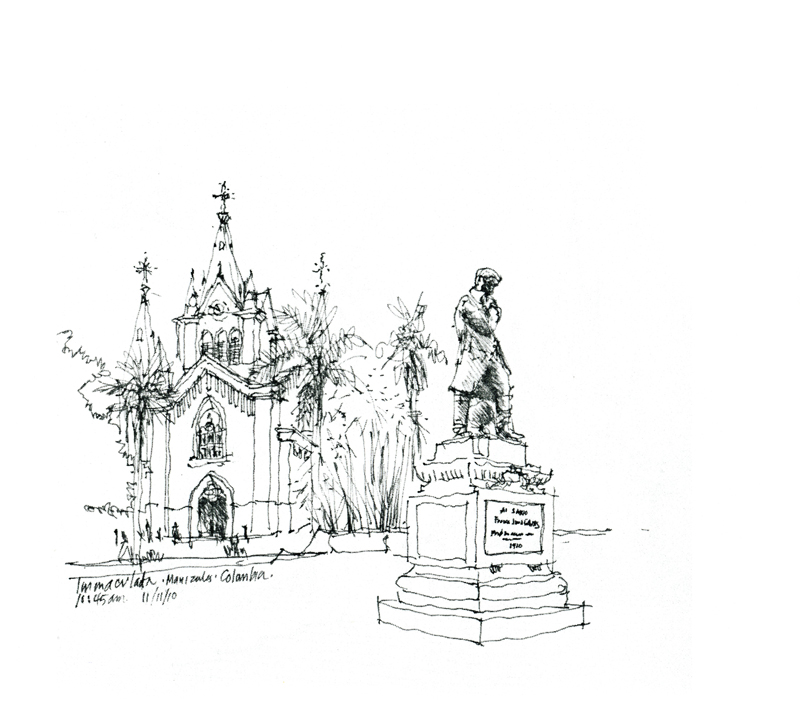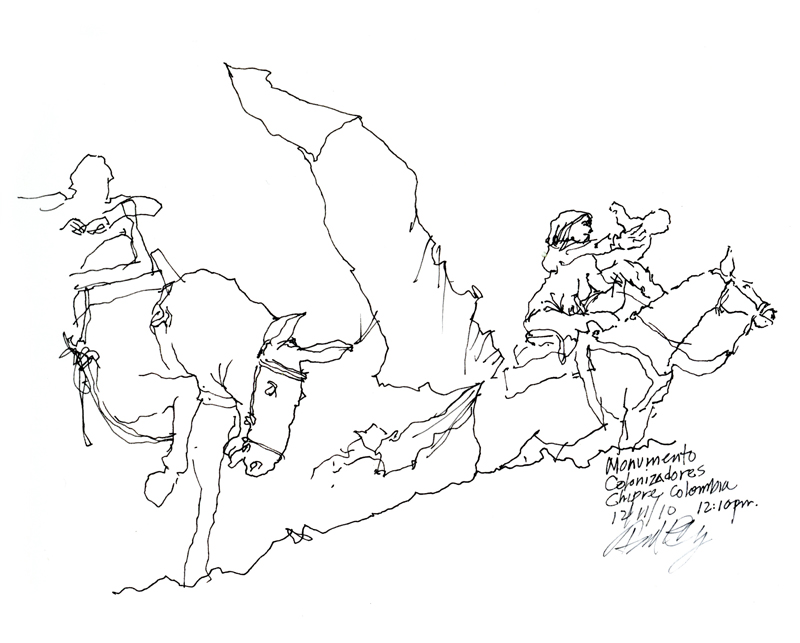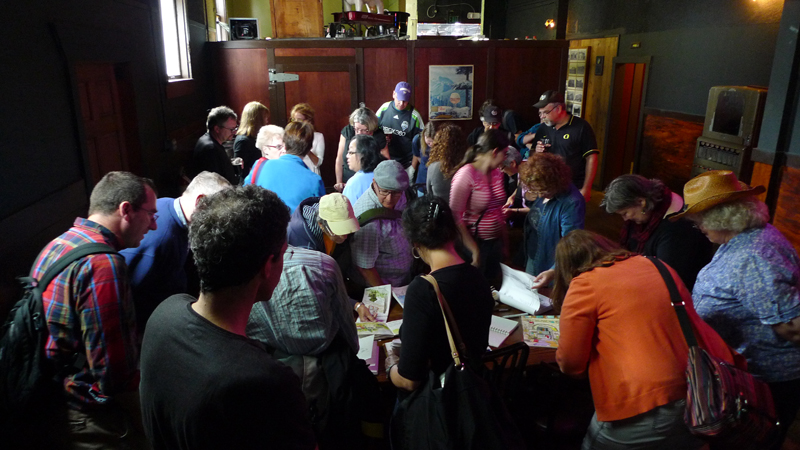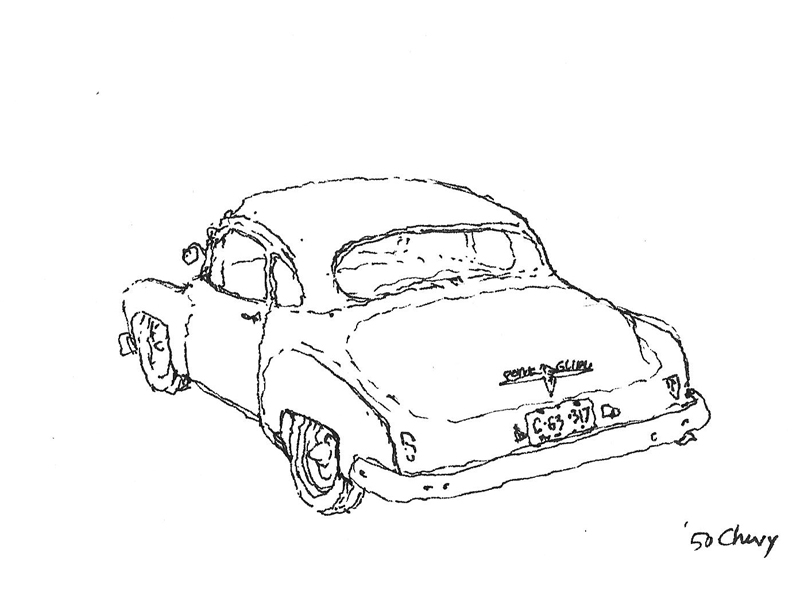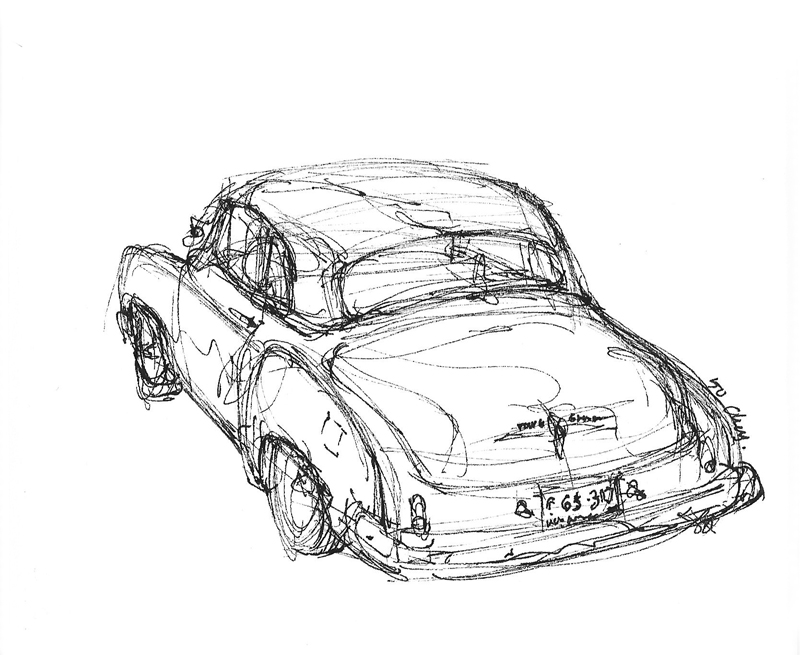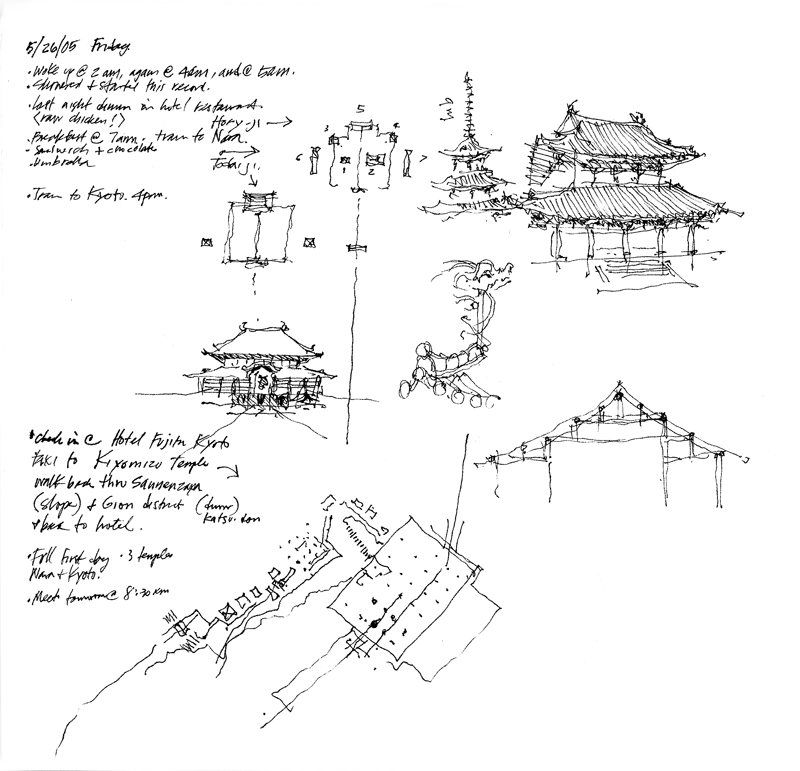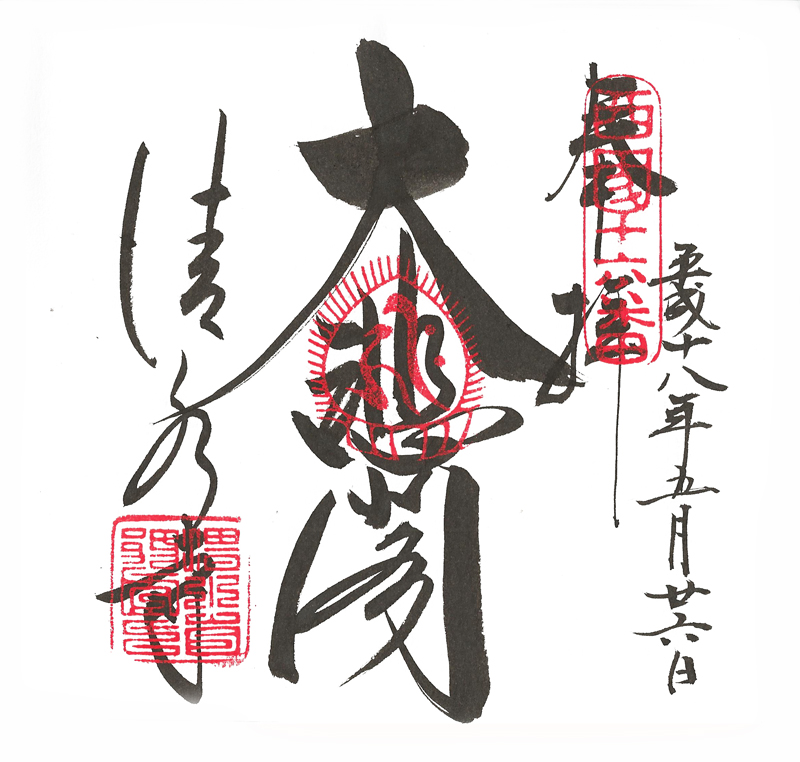Detective Kim Bogucki of the Seattle Police Department initiated the If Project by posing the simple question: What if…?, and Renata Abramson, an inmate at the Washington Corrections Center for Women in Purdy, promoted it among her fellow offenders. See <http://www.theifproject.com/why-if/> for the powerful and moving stories that resulted. (Note the following from the website: “…the women participating do not intend to excuse or dismiss responsibility for any of the crimes committed. Rather, they intend to take full responsibility and choose to look deeply into their past to learn what led them to this place.”)
When Jackie Helfgott, professor in the Criminal Justice Department at Seattle University, told Kim about the Seattle Urban Sketchers group, Kim suggested that we offer a drawing workshop at the monthly session of the If Project to offer another way for the women at WCCW to express themselves. And so Tuesday evening, eight Seattle Urban Sketchers visited WCCW for a few hours.
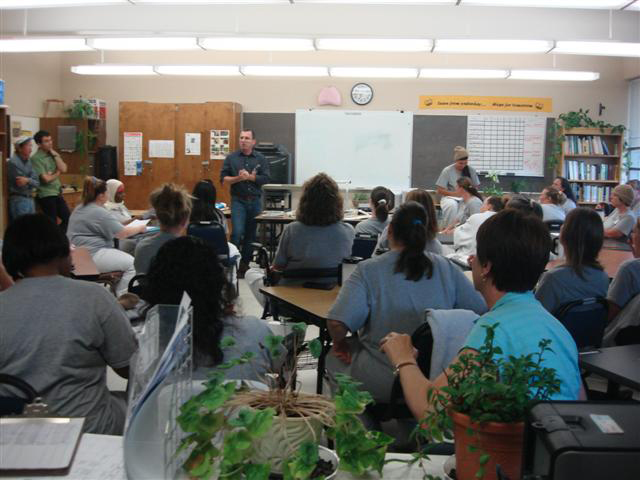
We didn’t know what to expect as we checked in and walked through the series of secured gates and doors. Upon meeting the group of more than 40 women, Gabi Campanario first asked what their expectations were. Some had drawing experience; many did not. “I can’t draw” was a common refrain, to which Gabi replied: As long as you can hold a pen or pencil and make a mark on paper, you can draw. So one goal of the workshop was to instill confidence and make drawing an enjoyable and reflective activity.
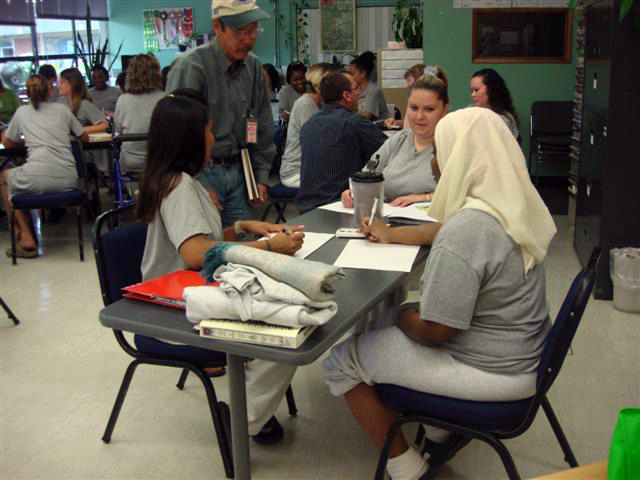
Gabi gave them several warm-up exercises, which then led to more varied choices of media and subject matter. While some women continued drawing from observation, others veered off to drawing from the imagination. It didn’t matter since drawing is essentially a form of visual expression, no matter what media we use or to what end we draw. The women were engaged, friendly, and perceptive, and many shared their aspirations. To paraphrase what one woman said after the workshop: Drawing took me away from where I am for a few hours.
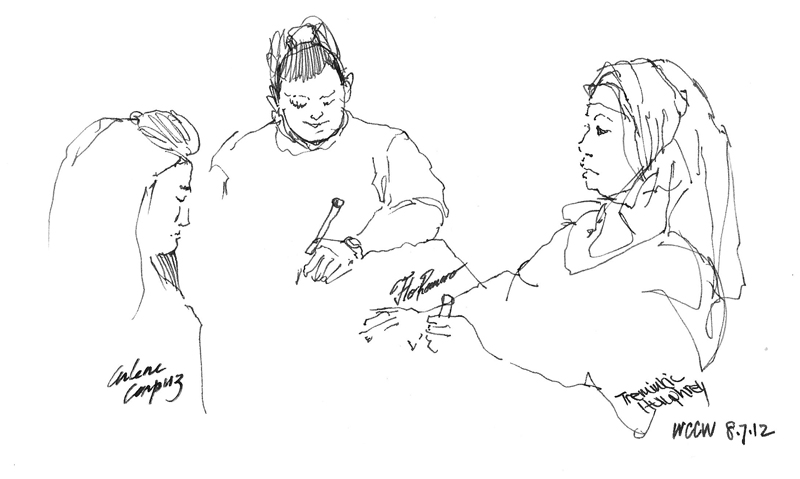
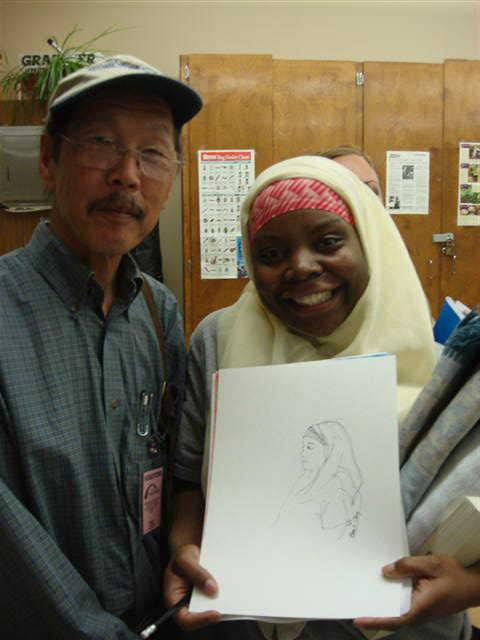
Here is a quick sketch of one group drawing and a photo with Tre, who had asked me to sketch her portrait. I hope it was as gratifying for the women who attended the workshop as it was for us to be there for a few hours. On the drive back to Seattle, it was difficult to process my thoughts but what struck me the most was that we could return home afterwards and the women could not.

